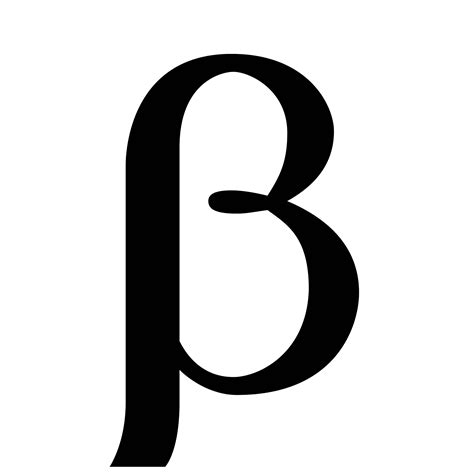Dichlorethylsulphide

Sulfur mustard is a type of chemical warfare agent. As a chemical weapon, mustard gas was first used in World War I, and has been used in several armed conflicts since then, including the Iran–Iraq War, resulting in more than 100,000 casualties. Today, sulfur-based and nitrogen-based mustard agents are regulated … See more Mustard gas or sulfur mustard is any of several chemical compounds that contain the chemical structure SCH2CH2Cl. In the wider sense, compounds with the substituent SCH2CH2X and NCH2CH2X are known as sulfur … See more Sulfur mustards readily eliminate chloride ions by intramolecular nucleophilic substitution to form cyclic sulfonium ions. These very reactive … See more In its history, various types and mixtures of mustard gas have been employed. These include: • H – Also known as HS ("Hun Stuff") or Levinstein mustard. This is named after the inventor of the "quick but dirty" Levinstein Process … See more • Bis(chloromethyl) ether • Blister agent • Chlorine gas • Half mustard See more Mustard gases react with DNA, which interferes with cellular division and can lead to mutations. Mustard gases are extremely toxic and have powerful blistering effects on victims. Their alkylating capabilities make them strongly See more Development Mustard gases were possibly developed as early as 1822 by César-Mansuète Despretz (1798–1863). … See more • Mustard gas (Sulphur Mustard) (IARC Summary & Evaluation, Supplement7, 1987). Inchem.org (1998-02-09). Retrieved on 2011-05-29. • Institute of Medicine (1993). See more WebAce The Pediatric Emergency Nurse Certification Exam. Be prepared for the Board of Certification for Emergency Nursing® with 693 Questions that our experts have selected to simulate the real exam. Feedback from thousands of users proves our Q-Bank will help you excel on your exam. Use the Q-Banks and if you don’t pass, we will refund 100% of ...
Dichlorethylsulphide
Did you know?
WebIN order to avoid any mistaken interpretation of the facts published in various papers 1 , we wish to state clearly that the ββ'-dichlorethylsulphide we used in our investigations was … WebAbstract. IN order to avoid any mistaken interpretation of the facts published in various papers 1, we wish to state clearly that the ββ'-dichlorethylsulphide we used in our investigations was a very pure colourless liquid of constant melting point prepared from constant-boiling thiodiglycol by the action of hydrochloric acid.It is known that impure …
WebJPET articles become freely available 12 months after publication, and remain freely available for 5 years. Non-open access articles that fall outside this five year window are … WebSkin .-Dichlorethylsulphide (mustard gas), in liquid or in vapor form even in very low concentrations, is an escharotic poison for the animal tissues (skin, conjunctivae, cornea, mucous membranes of respiratory and gastrointestinal tracts) with which it comes in direct contact. The degree of the injury. 656.
Web—Dichlorethylsulphide (“mustard gas”), in liquid or in vapor form, even in very low concentrations, is an escharotic poison for the animal tissues (skin, conjunctivæ, cornea, mucous membranes of respiratory and gastrointestinal tracts) with which it comes in direct contact. The degree of the injury is proportionate to the concentration ... WebThe National Library of Medicine (NLM), on the NIH campus in Bethesda, Maryland, is the world's largest biomedical library and the developer of electronic information services that delivers data to millions of scientists, health professionals and members of the public around the globe, every day.
WebThe effect of intravenous injections of dichlorethylsulphide (mustard gas) was studied in a small series of rabbits. The minimum lethal dose was found to be from 0.005 gm. to 0.01 …
Webdichlorethylsulphide with water increased irritation compared to when applying with oils. Linseed oil and cod liver oil had a larger protective effect than other oils, which he … flaming basketball courtWebIn the World War there were introduced irritant chemical compounds which acted primarily by blistering the skin or mucous membranes. Although known to chemists since 1866, it … can power banks charge ipadsWebDichlorethylsulphide was chosen as the standard by which the irritant properties of other compounds were judged. On human skin the tests were made by touching a small area with a fine glass rod dipped into the irritant. This method could not be used quantitatively. flaming ball in the skyWeb—Dichlorethylsulphide (“mustard gas”), in liquid or in vapor form, even in very low concentrations, is an escharotic poison for the animal tissues (skin, conjunctivæ, … can power bank be used while chargingWebFIGURE 7-2 Illustration of the various types of cellular arrangements of epithelium that line internal body passages, including the respiratory system. Specialized cells, such … flaming beastsWeb679 The theory of the protective action of ointments of the class represented by ointment No. 146 is as follows: The dichlorethylsulphide, being soluble in fats, would pass into the ointment and remain there as long as the exposure to dichlorethylsulphide continued. On removal from the vapor the dichlor- ethylsulphide would supposedly evaporate again into … flamingbiscuit twittercan powerbeats 3 connect to laptop